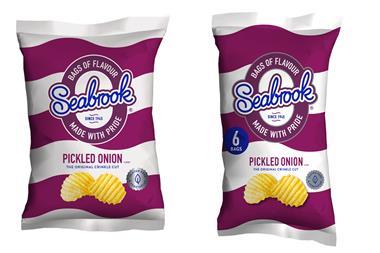Tapping into food to go

Food to go has long been considered a growth opportunity for c-store retailers. With the total food-to-go market set to be worth £21.2bn in 2019, the opportunity for growth has certainly not changed, writes HIM’s Chloe Kent.
ALREADY HAVE A REGISTERED USER ACCOUNT? PLEASE LOG IN HERE
To read the full story join the ConvenienceStore.co.uk community today!
Registration is quick and easy and provides access to:
- Unlimited ConvenienceStore.co.uk articles
- Our great range of newsletters
- Content you’ve saved for later via the ‘my library’ feature
And much more…




















